Hawaii-bound travelers will soon enjoy enhanced in-flight experiences as a major Hawaii-centric airline introduces significant upgrades to its fleet. These changes, announced by United Airlines CEO Scott Kirby in a letter to MileagePlus members, promise far better amenities for passengers heading to paradise. However, as is often the case, these improvements may come with major trade-offs.
What is changing for Hawaii flights.
Scott Kirby revealed that more than 75% of the airline’s planes (likely referring to narrow-body planes, which are largely but not exclusively used for Hawaii flights) are expected to feature new interiors by the end of the year.
The upgrades include larger overhead bins to accommodate more carry-on luggage (we like their new bins a lot), seatback entertainment screens with Bluetooth connectivity (excellent with one caveat: we can never get it to work well), and power outlets at every seat (we love these) to keep devices running throughout the flight across the Pacific.
These enhancements are part of a broader modernization initiative to elevate the travel experience on narrow-body aircraft. With airlines increasingly deploying these planes on long-haul routes to Hawaii, improvements like these are crucial to maintaining a modicum of passenger comfort.
Why narrow-body upgrades matter for Hawaii travelers.
Historically, widebody aircraft were the standard for Hawaii routes. When you can find one, these offer spacious cabins and amenities like lie-flat seating in business/first class. However, airlines have increasingly shifted to narrowbody jets like the Boeing 737 MAX, Airbus A321neo, and soon, the A321XLR, which offer greater fuel efficiency and lower operating costs.
For passengers, this shift often means sacrificing more and more comfort. Narrowbody jets typically feature tighter feeling seating configurations, one less aisle to move about in, and reduced onboard space overall, making the proposed upgrades particularly impactful for Hawaii travelers enduring flights of five to ten hours.
By introducing features like larger bins and seatback screens, airlines like United aim to mitigate the downsides of smaller aircraft while focusing mainly on entertainment benefits, all while taking advantage of their economic efficiencies.
Social media reactions highlight skepticism.
The announcement of these upgrades has generated excitement and prompted questions about feasibility. A lively discussion on social media forums delved into the timeline, with some aviation enthusiasts skeptical of the airline’s ability to retrofit enough planes to meet its stated 75% goal by the end of 2025.
Others noted that these improvements might come at a hidden cost. As one commenter pointed out, airlines often offset the expense of upgrades through higher fares or by charging for previously included amenities. For Hawaii travelers, who frequently pack extra luggage or book premium seating, such changes could make the journey noticeably more expensive.
The catch: trade-offs travelers may face.
Airlines rarely introduce new perks without trade-offs; these upgrades are no exception. Passengers worry that retrofitted cabins prioritize the highest possible density seating in a diminishing economy cabin to maximize revenue, offering little more than a biscuit in the form of mindless entertainment.
For Hawaii travelers, the balance between comfort, convenience, and cost will remain a key consideration as airlines roll out these changes.
A shifting travel experience for Hawaii visitors.
As airlines flying to Hawaii compete for passengers’ loyalty, upgrades like these could shift the travel experience. Adding larger bins and, more importantly, highly desirable and reliable seatback entertainment may make long flights to the islands more enjoyable, especially for families and leisure travelers.
However, the costs—whether in the form of higher ticket prices, added fees, or reduced space and fewer economy seats—could dampen the enthusiasm for these arguably limited improvements. Travelers will need to weigh the benefits of better amenities against the potential downsides while navigating an increasingly competitive market.
For now, these upgrades represent a step forward in creating a more seamless journey to Hawaii, but as the saying goes, there’s no such thing as a free upgrade.
Photo credit: Beat of Hawaii.
Get Breaking Hawaii Travel News
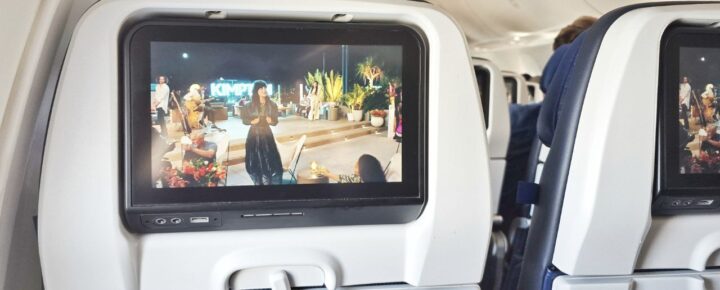
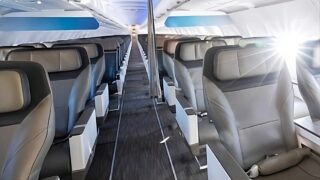
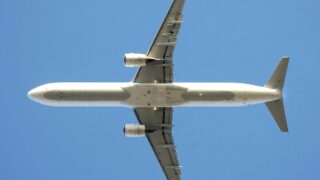
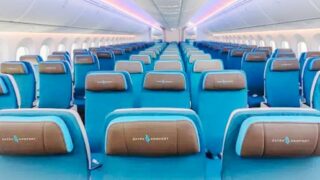
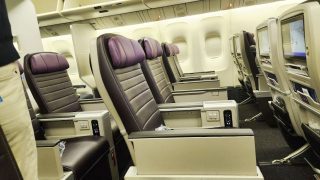
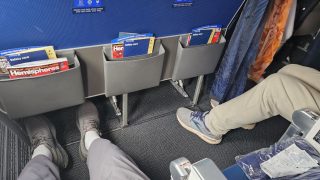
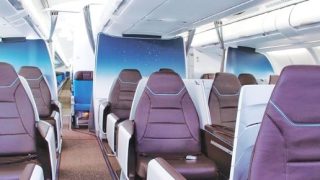
Aloha, I don’t need a bigger bin – what I need is more personal space on a flight. Bring back
the larger planes. Didn’t the airlines remove seatback entertainment to reduce the weight of the plane? Mahalo